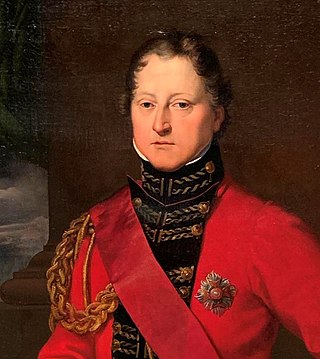
General Sir Gordon Drummond, GCB was a Canadian-born British Army officer and the first official to command the military and the civil government of Canada. As Lieutenant Governor of Upper Canada, Drummond distinguished himself on the Niagara front in the War of 1812 and later became Governor-General and Administrator of Canada.

Edward Cornwallis was a British career military officer and was a member of the aristocratic Cornwallis family, who reached the rank of Lieutenant General. After Cornwallis fought in Scotland, putting down the Jacobite rebellion of 1745, he was appointed Groom of the Chamber for King George II. He was then made Governor of Nova Scotia (1749–1752), one of the colonies in North America, and assigned to establish the new town of Halifax, Nova Scotia. Later Cornwallis returned to London, where he was elected as MP for Westminster and married the niece of Robert Walpole, Great Britain's first Prime Minister. Cornwallis was next appointed as Governor of Gibraltar.

The governor of Bermuda is the representative of the British monarch in the British overseas territory of Bermuda.
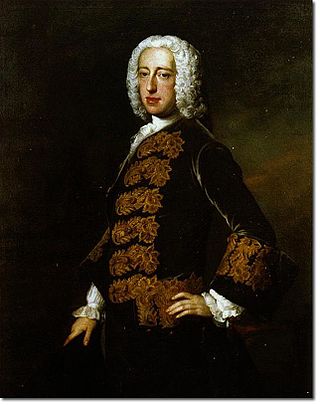
General Sir John Mordaunt was a British soldier and Whig politician, the son of Lieutenant-General Harry Mordaunt and Margaret Spencer. He was best known for his command of the Raid on Rochefort which ended in failure and his subsequent court-martial. Cleared on a technicality, he was nonetheless barred from holding further military command.

In common-law jurisdictions, administration of an estate on death arises if the deceased is legally intestate, meaning they did not leave a will, or some assets are not disposed of by their will.
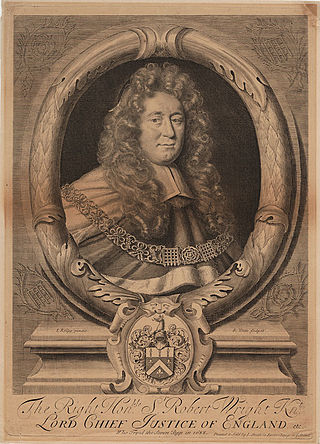
Sir Robert Wright was an English judge and Chief Justice of the King’s Bench 1687–89.

Clayton Mordaunt Cracherode (1730–1799) was an English book and old master print collector, and a major benefactor of the British Museum.
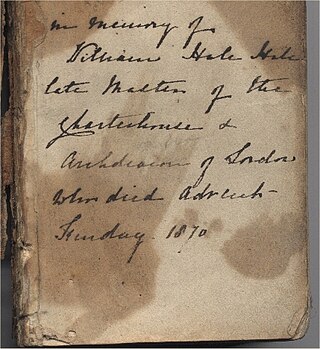
William Hale Hale was an English churchman and author, Archdeacon of London in the Church of England, and Master of Charterhouse.
The Governor of Landguard Fort was a British military officer who commanded the fortifications at Landguard Fort, protecting the port of Harwich. Landguard successfully held off a Dutch raid in 1667 and continued to be used for military purposes through the 1950s. The office of Governor was abolished in 1833, and of Lieutenant-Governor in 1854.
Edward Whitaker Gray, English botanist and secretary to the Royal Society, was uncle of Samuel Frederick Gray, author of The Practical Chemist.

Robert Clayton (1695–1758) was an Irish Protestant bishop, now known for his Essay on Spirit. In his own lifetime, he was notorious for his unorthodox beliefs, which led his critics to question whether he could properly be called a Christian at all, and at the time of his death, he was facing charges of heresy.
Morice v Bishop of Durham [1805] EWHC Ch J80 is an English trusts law case, concerning the policy of the beneficiary principle.
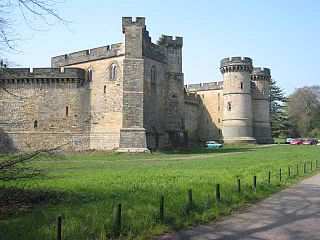
Sir Henry Belasyse, also spelt Bellasis, was an English military officer from County Durham, who also sat as MP for a number of constituencies between 1695 and 1715.
Mary Ann Radcliffe was an important British figure in the early feminist movement.
Roger Payne was a noted English bookbinder, thought to have originated a new style.
Cracherode is a surname. Notable people with the surname include:
Alfred Clayton Cole was a City of London merchant and director of the Bank of England, serving as Governor of the Bank of England from 1911 to 1913.
Anthony Cracherode, of Cholderton, Wiltshire, was a British government lawyer and politician who sat in the House of Commons from 1728 to 1734.

John Thane (1748–1818) was an English art dealer, working also as an engraver and printseller. He is known for British Autography, a multi-volume work of portraits with handwriting samples of famous personages.











